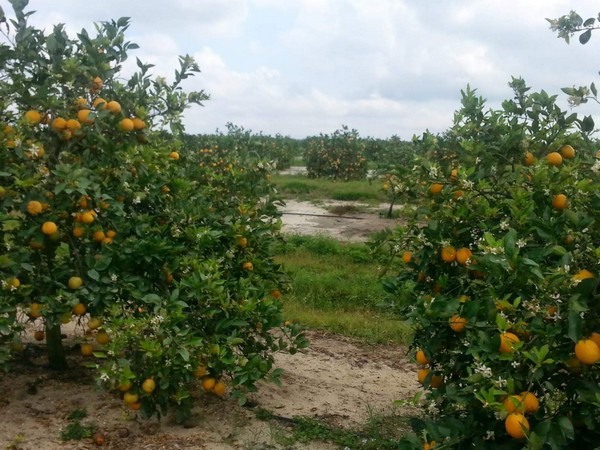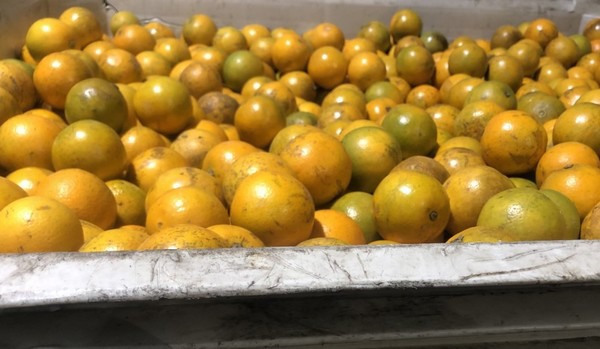Florida oranges are beginning the transition from navels to Valencias.
“We just received our last load of navels last week and that’s done for the season. Some early Valencias came on two to three weeks earlier than expected because some groves are navels mixed in with Valencias. But we’ll have these until we finish off our season in June,” says Gabriel Bernal of All American Citrus, whose head office is in Miami but who works with growers throughout the state’s Citrus Belt.
Bernal says the oranges are sizing well and it’s getting between 80-100 sizes on counts which are preferred for retail. “We are also seeing a lot of pack outs going as Category 1 too,” he says.
 All American has wrapped up with shipping navels and is moving into Valencias.
All American has wrapped up with shipping navels and is moving into Valencias.
In terms of other regions producing citrus, Bernal notes that depending on how much Category 1 fruit is available, it could supplement with Mexican fruit. “But there’ve been some issues and delays so we haven’t imported anything yet,” he says. He also notes that imports from Morocco and South Africa, which largely head to the Northeast, have already finished.
Demand evening out
Citrus enjoyed some significant demand in 2020 thanks to consumers being interested in eating healthier but especially tapping into vitamin C-rich produce. “And now demand has leveled out but it’s leveled out at a higher level than two years ago. It’s been steady,” says Bernal.
 Demand for citrus has leveled out, though at a higher level of demand than last year.
Demand for citrus has leveled out, though at a higher level of demand than last year.
Altogether, this means field prices are higher thanks to that stronger demand. “It’s gone up compared to last season—a year ago, the impacts of COVID-19 hadn’t hit yet. Pricing is now up by 20-30 percent,” he says.
He anticipates pricing to stay steady in the near future. “With the vaccines coming out though, there could be less demand for Florida citrus. However, if there’s a big delay in the rollout, there might be another jump in demand for it,” Bernal says.
For more information:
Gabriel Bernal
All American Citrus
Tel: +1 (305) 213-8087
[email protected]
http://www.allamericancitrus.com/










